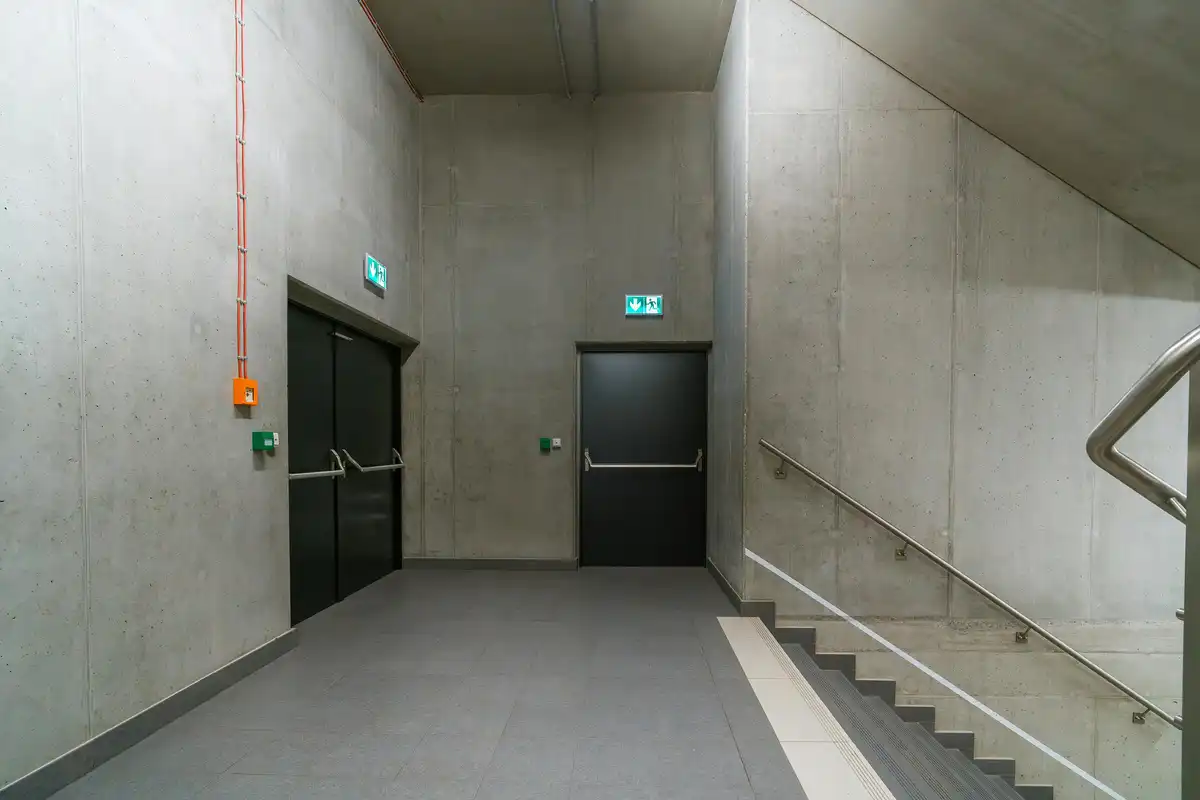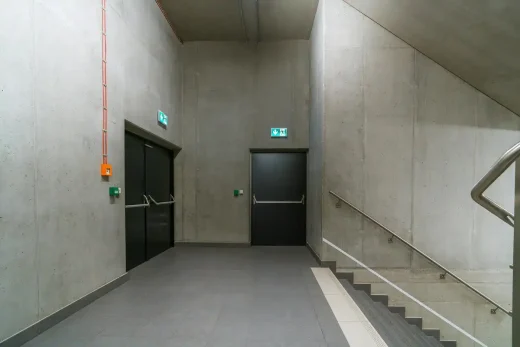Guide To An Effective Fire Door Inspection Advice, Building owner health and safety tips, Property FM best practice
Guide To An Effective Fire Door Inspection
30 June 2020
A fire eruption isn’t something that can be taken lightly. If the occupants in the establishment don’t evacuate the premises within a couple of minutes, fatalities are bound to ensue. One of the best ways a building owner can mitigate this occurrence and possibly save lives is by fitting in fire doors.
Why Are Fire Doors Essential?
A properly maintained and fitted fire door can help hold back the fire and de-escalate the progression of fire and smoke throughout the building.
Escape routes and exit points need to be taken into consideration before fire doors are fitted. As per Building Regulations, every establishment is required to split down their compartments to make way for escape routes via corridors and stairways. This will prove to be the determinant when it comes to escaping to safety. In the event the escape route is compromised because of failing fire doors, the risk to inhabitants is adversely increased.
When the people in the building have evacuated, fire doors will continue providing some degree of protection as the fire brigade arrives on-site. Fire doors will assist help the fire brigade contains the fire and also how best to gain entry into the building. Fire doors are designed to endure fire for a certain duration of time, enough for something to be done about it and occupants to exit the building safely.
However, having fire doors alone doesn’t guarantee protection from fire and smoke. If the fire doors are incorrectly installed or poorly maintained or if crucial fire door components are missing or substandard materials used, fatalities are abound. To protect both property and lives, you’ll have to make sure that the doors are operating at optimum, and regular fire door inspections will assist in this endeavour.
Fire Door Inspection and Maintenance
Inspections for damages on fire doors should always be conducted to ensure that the door is o fire erupts operating at its optimal in case a fire erupts. It’s actually part and parcel of the entire risk evaluation of the building. If there are any problems, they should be resolved within the soonest time possible using correct and compatible fire-rated components. To ascertain how compatible the components are, make sure to review the Fire Certificate data sheet and contact the manufacturer of the fire door. The fire certificate of the fire door will be considered void if the components are on the Fire Certificate.
Frequency of Inspection
Routine inspections need to be conducted once every six months. For buildings that have recently been inhabited, in the first year of usage, they will require frequent evaluations. Doors that are likely to experience high traffic in the commotion of the fire are susceptible to damage and will need close attention compared to other doors.
Do you need Spray Foam Insulation? Foam Spray Insulation Ltd are based in the heart of the UK with a highly experienced team of applicators, each with many years’ experience within the spray foam insulation industry.
Fire Door Inspections and The Law
According to the Fire Safety Order in article 17, for fire-resistant doors and escape routes to be considered fit for usage, they must be adequately maintained and correctly installed. In the event a breach is discovered, the local authorities have the prerogative to enforce the Fire Safety Order and can close down buildings and even opt to prosecute.
Here’s a step-by-step fire door inspection process anybody can do:
- Look for certification: check to see whether there’s a plug or label on the fire door indicating the door’s certification. If you can’t see any, make sure to report to the person in charge of the establishment.
- Gaps: Ensure you have checked the gaps around the fire door’s sides are less than 4mm consistently when shut. A £1 coin can suffice to give an approximate scale given that it’s around 3mm thick. If the gap is big, then it means that it will be ineffective to fire and smoke as they will travel through.
- Check hinges: You have to check to see that the hinges (around three or so) are firmly affixed and have no broken or missing screws. If that’s the case, you should file a report since the intensity of the fire outbreak may be too much for the door to hold back or perform its function.
- Check if the door shuts properly: The only way a fire door functional is when it is closed. The whole concept of a fire door goes out the window if it does not close fully or if the wedge is open.
It’s not about adhering to fire door and building regulations; by taking every conceivable measure to ensure the safety of occupants, you will have done part as a human being. Regular inspections will ensure that the doors are ready for use and that they function correctly.
Comments on the Guide To An Effective Fire Door Inspection advice article welcome.
+++
Building Design
Contemporary Glasgow Residential Property Designs – selection:
Historic Glasgow : best Glasgow architecture of the past
Comments / photos for the Guide To An Effective Fire Door Inspection Tips page welcome.


